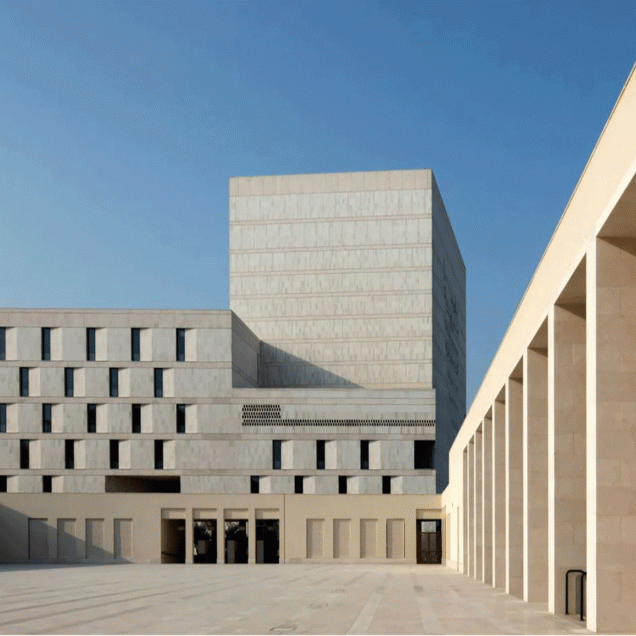

The Peshawar Museum was opened in 1907 commissioned by the Governor General of the North-West Frontier Province of British India or the British Raj (1858-1947). The project was conceived in 1901 as a Durbar Hall to celebrate & commemorate the late Queen Victoria. It was also designed as a Museum to contain extensive Buddhist Artefacts excavated within the province. At the time there were substantial funds raised from the people of the province and support secured from the Viceroy or Government of British India.
Pringle Richards Sharratt was commissioned by the World Bank in June 2020 to consider the various risks and opportunities inherent in the museum following limited investment over the last decades. This project offers an incredible potential to help change attitudes and to develop a renewed sense of pride for an entire region or even nation following years of decline in the wake of 9/11. A revitalised Peshawar Museum that was originally built as the ‘Queen Victoria Memorial Hall’ could help Pakistan, in the 21st Century, evolve its post-colonial position or narrative.
The overriding aim of the project is to better preserve and conserve this world class collection within the following parameters:
RESEARCH & UNDERSTANDING
Allow a deeper understanding about the collection by reviewing and reconsidering each object in terms of its quality, condition, provenance, original use, significance etc to allow the development of an improved interpretation
INTERPRETATION & OUTREACH
Consider a comprehensive redisplay of this significant Gandharan cultural collection in a way that breaks away from the now dated western orientated format that still derives from the original 1910 layout describing the life of the Buddha to a more thematic approach that can allow visitors to understand the high quality and cosmopolitan nature of this ancient civilisation.